
Urban Landscapes Moodboard


Topography
Topography highlighted the changes in the world, it was a rejection of romanticism and its ideas. Instead of highlighting nature, it highlighted the industrial world and how it has destroyed nature. Topography was both a reflection of the increasingly suburbanised world around them, and a reaction to the tyranny of idealised landscape photography that elevated the natural and the elemental.


These are two very famous images made by Robert Adams and Frank Gohlke.
Robert Adams
Robert Adams was the first person to properly go against Ansel Adams’ (who is completely unrelated to him) ideas of photography and romanticism.
It was said that “his subject has been the American west: its vastness, its sparse beauty and its ecological fragility…What he has photographed constantly – in varying shades of grey – is “what has been lost and what remains” and that “his work’s other great subtext” is silence…”

Analysis of an image
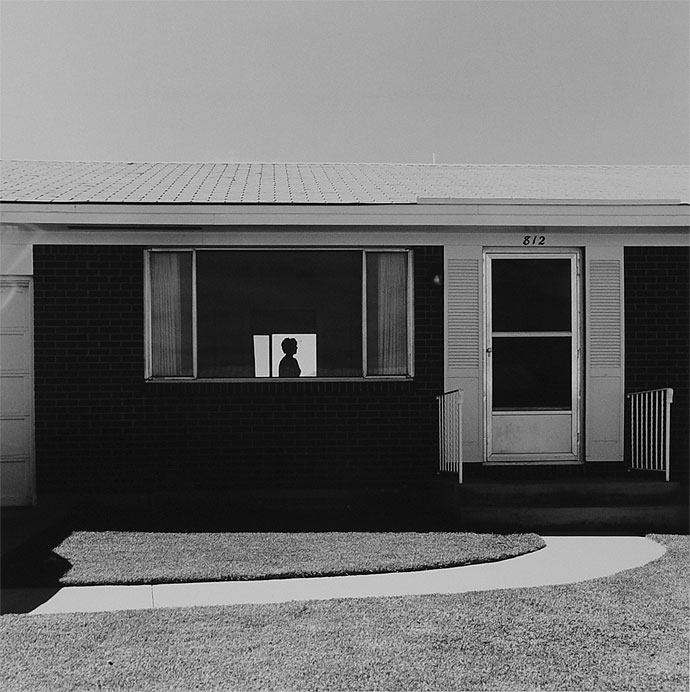
This image has a very dark tone to it, this could suggest the disappointment from Robert Adams about the industrial world, it could also show the loneliness of the woman in the image, she is stood alone in the house, that you could say looks like a jail cell because of how boxy it is. I think the conflict of the natural world and the industrial world is the woman being in the jail-like house as it could be said she is of the natural world, being human. Like I said before, the image is very boxy, apart from the woman, most of the lines are straight lines, quite often making squares, this once again creating a jail-like box around the woman.
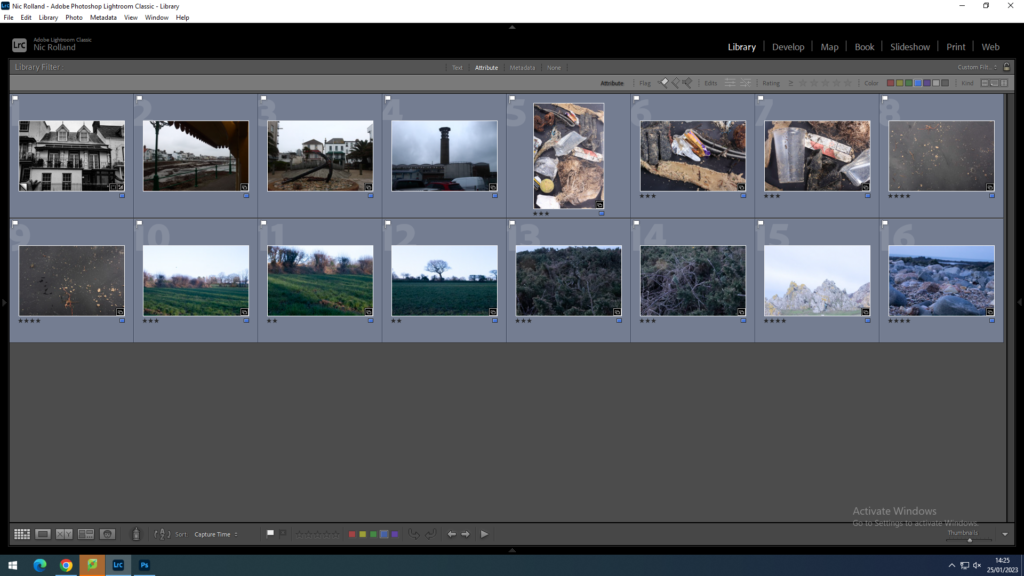
The images below are the initial edits that I then inputted to photoshop and created my final outcomes.



The best images in my opinion show a mixture of both the beauty of the natural landscape but mixed with the devastating effect that we, as humans, have had on it. They all show different experiments that I have done, the majority being in response to the works of Mandy Barker and Dafna Talmor
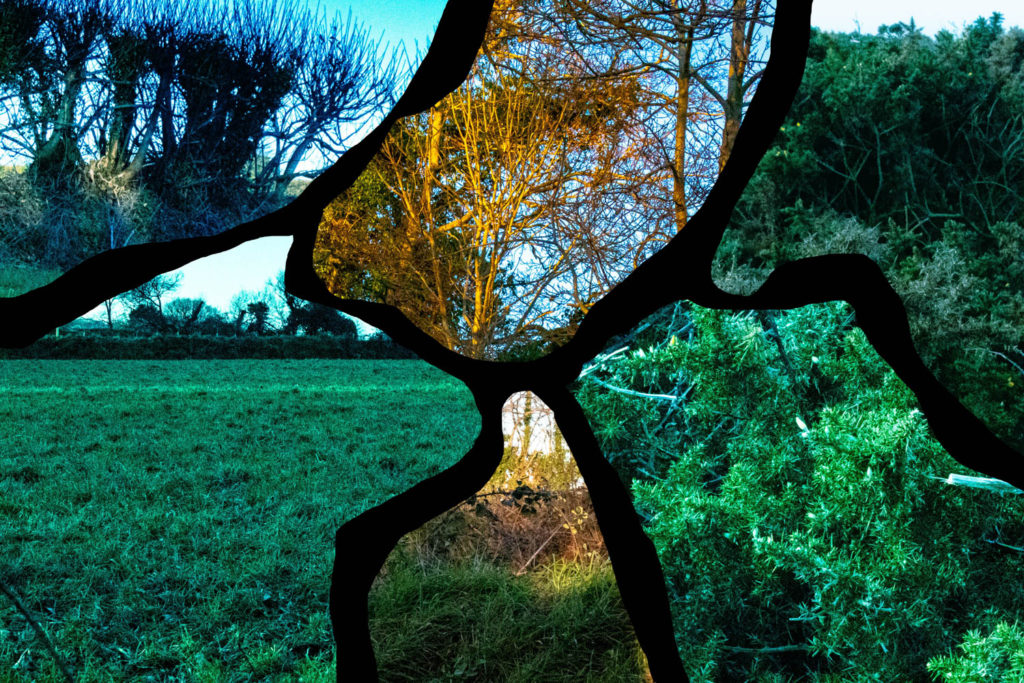
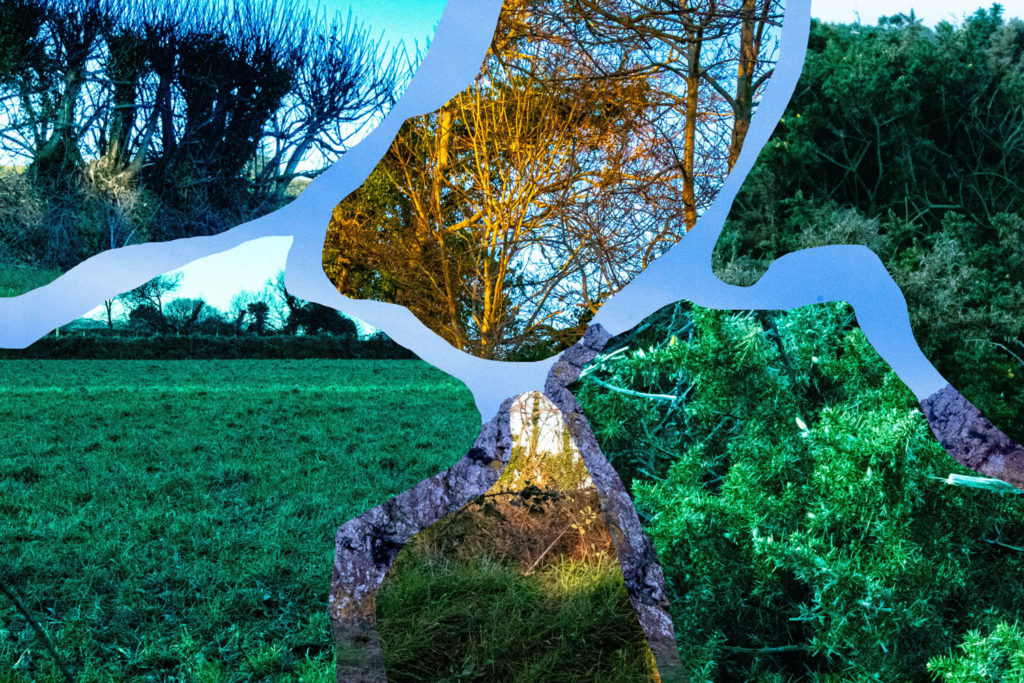


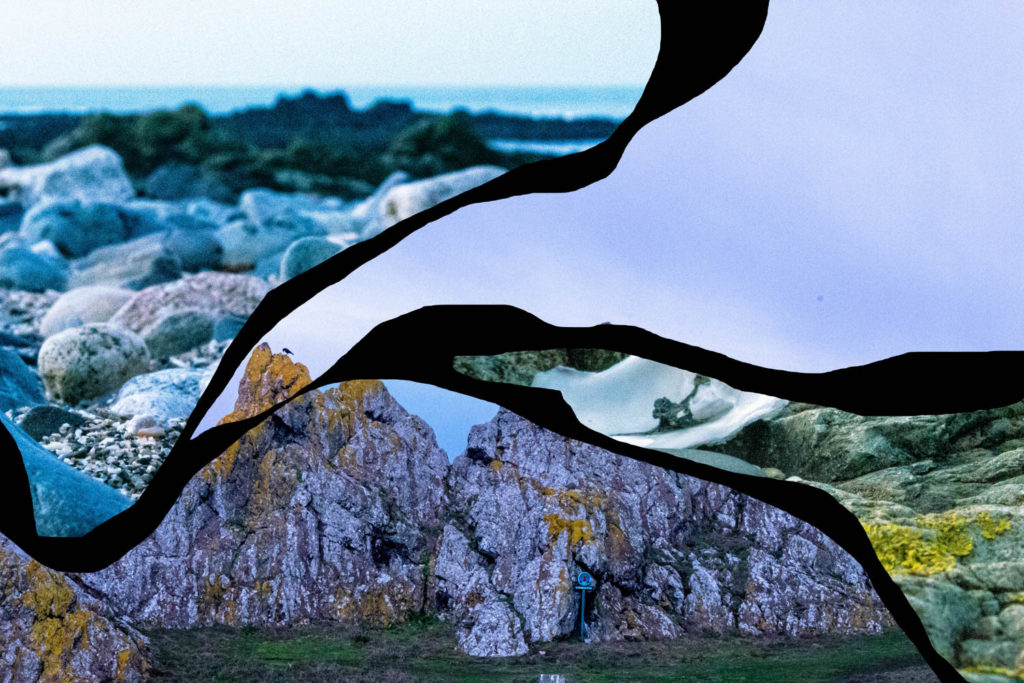
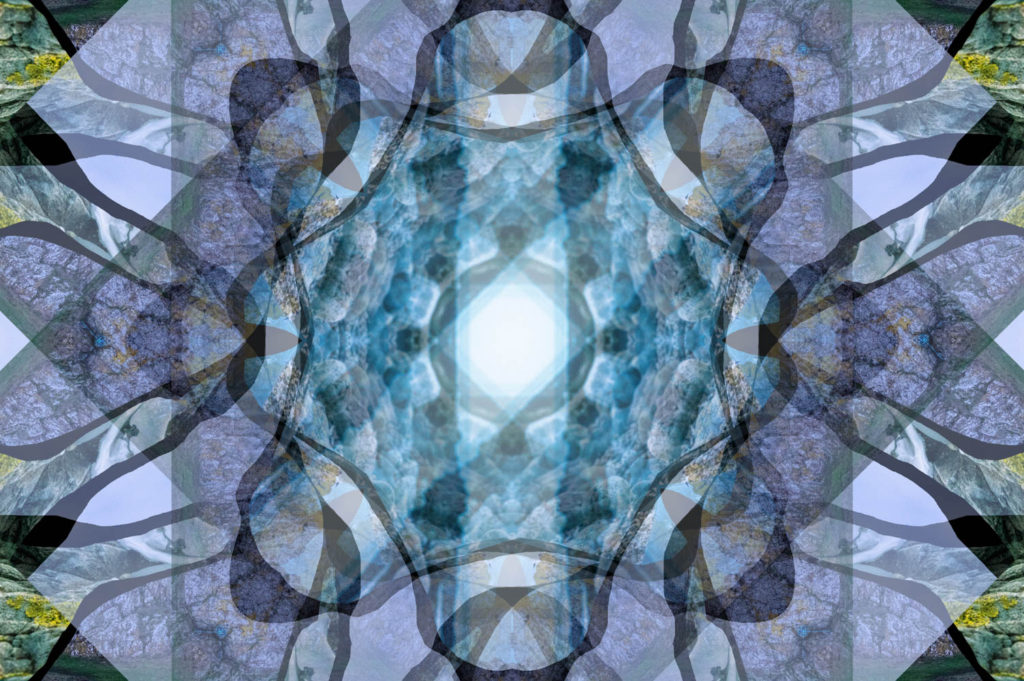
Mandy Barker’s images all comment on the effect that pollution has had on the world – therefore I have compiled these photographic montages to perform a similar task. I went on a beach clean to La Rocque and Gronez and collected pieces of plastic and photographed them where they were found as well.
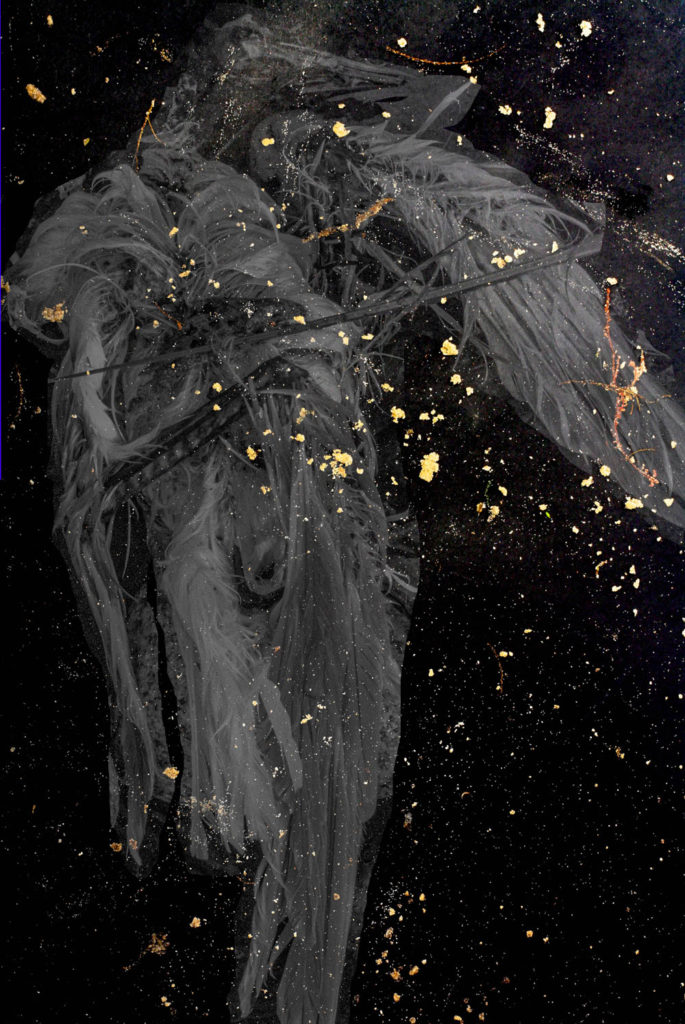

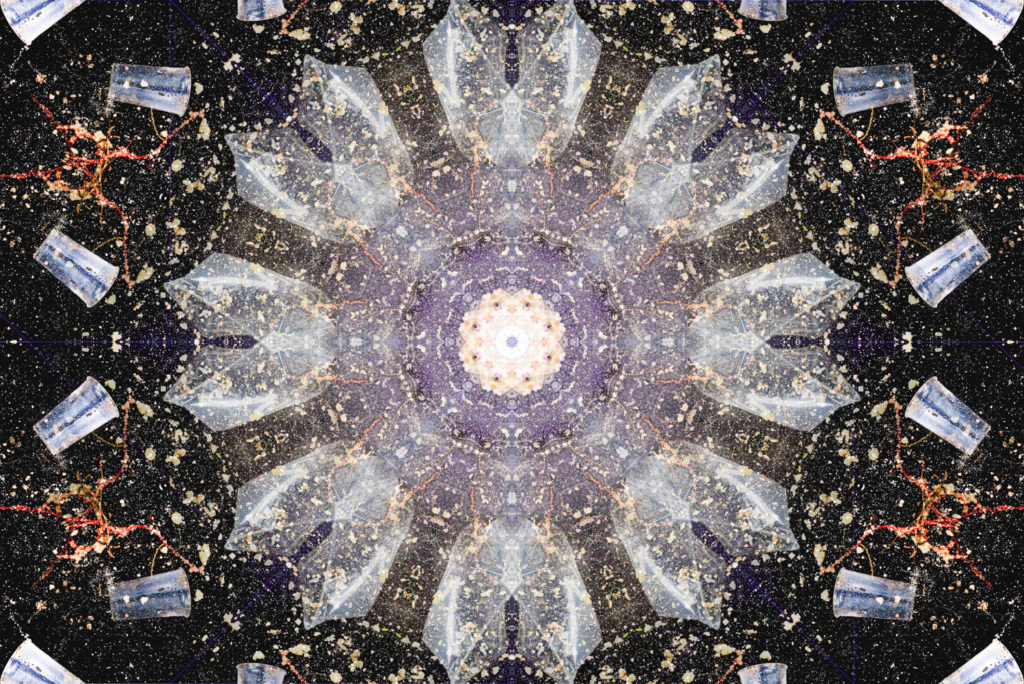

The idea of Anthropocene first led me to think about Jersey’s geological heritage and how that has changed and been effected by the human race. However, after researching artists like Mandy Barker and Dafna Talmor, I decided to think more along the path of humanity’s effect on the earth in general. I thought about the pollution added by the small island that we live on, and how much that devastates the way that we live and how Jersey has changed from a beautiful rural landscape, to a tourism and financial urban landscape.
Taking together the works of Mandy Barker and Dafna Talmor, there seems to be zero connections between any of the images; however, the plastic that Barker has collected from all of her photographic expeditions has been taken from beaches. The images produced by Talmor are of clear seascapes that she has then dismantled and reconfigured. This sparked my idea of combining the themes of these to photographers to show how plastic and pollution has physically changed the world we live in. Therefore, with my photoshoots I want to capture a range of images that can then be put together to show the different ways that humans are the single most damaging aspect to the serenity of our home. Using photoshop, I want to use images of plastic debris collected from beaches around the island and combine them with beautiful seascapes (perhaps including elements of the sublime).
On Saturday 14th January, I will move around the island to different beaches, collecting plastic found and litter that will only ruin the earth. I will then photograph them where I found them and then bring them back to the studio where I will imitate some of the images created by Mandy Barker with a jet black background that allows the different plastics to stand out in some kind of collage or shape that resembles the ocean.


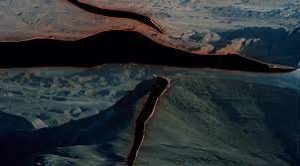
“…where late Cubist works attempted to remove all references to three-dimensional space, Talmor plays with our predisposition to see such space where it doesn’t necessarily exist, creating environments that appear familiar at first glance, but that become increasingly alien and strange the closer you look.”
Dafna Talmor’s work consists of “collaged and montaged colour negatives shot across different locations, merged and transformed through the act of slicing and splicing”.* The resulting photographs are ‘real’ yet virtual and imaginary. This conflation aims to transform a specific place into a space of greater universality. ‘Constructed Landscapes’ references early Pictorialist processes of combination printing as well as Modernist experiments with film. The work also engages with contemporary discourses on manipulation, the analogue/digital divide and the effects these have on photography’s status. Through this work, Talmor creates a space that defies the specifics, and metaphorically blurs place, memory and time.
* Talmor’s creative process involves deconstructing her own landscape photographs, cutting up and recombining multiple negatives to create new hybrid compositions.



Talmor’s constructed landscapes show an interesting side to how we view seascapes. With each image being completely unique, it allows us to see multiple seascapes at the same time. I personally feel that the image provides me to see the perfect beach, an impossible feat as no beach is perfect. But to me that is what makes a seascape amazing, the imperfections are what make it perfect and lovely to see. It provides the chaos and tranquillity displayed in the average person’s life.

This image shows a range of exposures and colours, primarily different shades of blues and greens. The images used to put together this piece show different scenes in a strangely formed puzzle – either completely connected or with an empty black space between them, perhaps to show any connections there might be between some of the photographs. The lines separating them are smooth and abstract with different widths and lengths, perhaps to indicate the chaotic waves that aren’t clearly shown within the picture. The way each photo has been cut up and pieced together with other images creates a rough texture that almost turn the 2D seascapes into 3D displays, whilst remaining in the flat format of a typical photograph. The image is made up of 7 different C-type negatives each cut and repositioned to form a montage of seascapes that reflect Talmor’s life experiences. To me, it seems that the image tells its own story of how the sea is never what we think it is, it always changing and moving, we will never sea the exact same body of water again.
“I was always disappointed with the images – they weren’t really doing anything very interesting in themselves. But I kept taking pictures.” – Dafna Talmor
“The aim of my work is to engage with and stimulate an emotional response in the viewer by combining a contradiction between initial aesthetic attraction along with the subsequent message of awareness.” – Mandy Barker
Mandy Barker is an international award-winning photographic artist whose work has received global recognition for the horrors it shows – the plastic pollution of the world. Her pieces have been published in over 50 different countries, including: The Guardian, Smithsonian, UNESCO, and VOGUE. She states that “the research process is a vital part of my development as the images I make are based on scientific fact, essential to the integrity of my work.” All here final works show some kind of effect that the human race has had on the world, mostly the plastic pollution of exotic islands the different oceans across the globe.

This morbid and striking image of a Flesh-Footed Shearwater found at Lord Howe Island in the Pacific Ocean, was taken by Mandy Barker in 2019. The image shows the shearwater in the form of a teardrop (inverted); representing water, the very place where shearwaters need to be in order to survive. TEARDROP – noun – a single tear. “Shaped of a thin liquid with a ‘globe’ like shape at the bottom, tapering to a point at the top.” – Mandy Barker’s sketchbook. The ‘globe’ metaphor resembles the world; and the point at the top sparks the question, ‘What is the point?’ In the image, it is simply where the birds feet and wings join together, but what about the point of destroying our home? What is the point of ruining the lives of other species, when we can just live alongside them? The teardrop in the image is inverted, perhaps showing an upside-down world where man craves consumption over nature; and where the material of the world is caught up in material values. “A tear roles down my face.”


The above images are taken from Barker’s exhibition, ‘Hong Kong Soup: 1826’. Hong Kong over 1,826 tonnes of municipal plastic waste goes into landfills every day. The images show a selection of child’s toys and lighters arranged as if they were in a universe of their own. To me, it feels like they are showing that the damages to them resemble that of the world today. From these images, I came up with the idea that different battered and ruined plastic objects are no use to people and ultimately damage and ruin the environment we live in.
“I hope your work does its job in raising an awareness of the cause we both care so much about.
With renewed wonder and best wishes” – Sir David Attenborough
The dictionary describes ‘Anthropocene‘ as:
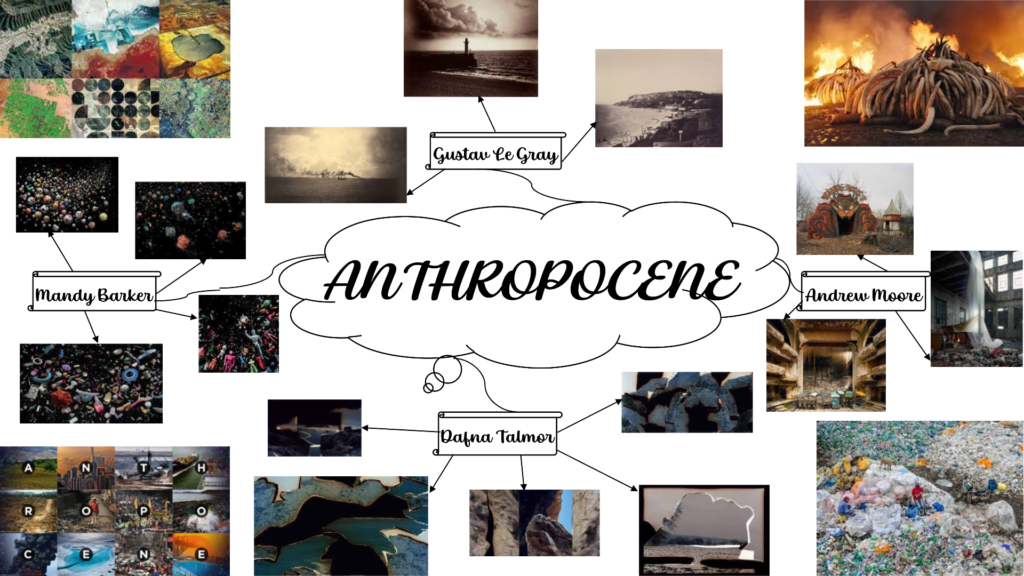
Artists that I would like to review:

For this shoot, I could take many different routes in achieving a sublime landscape photo – I could take a page from Ansel Adams’ book and shoot in the style of his work, maybe going to the cliffs on the edge of the island and around devil’s hole.


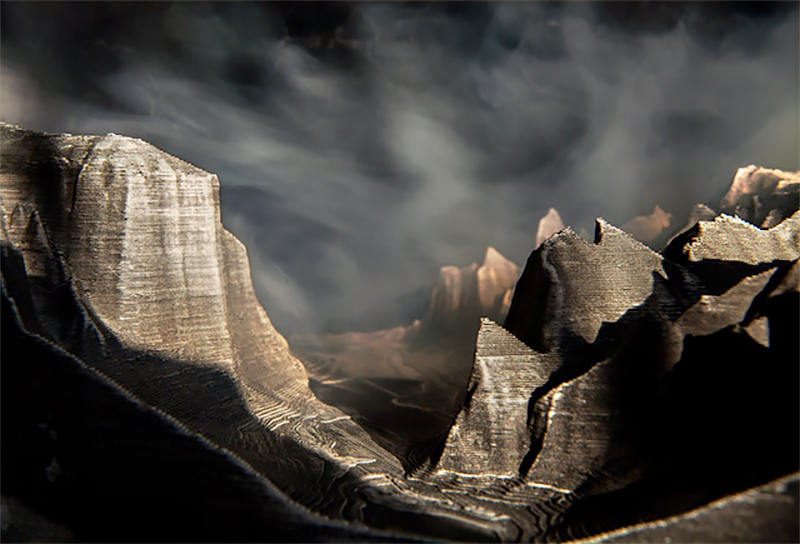

I could take similar images of the rock formations around the bays across the island that I’m more familiar with, such as St Brelade. I think that I could achieve a close copy to the large photograph above from certain angles around devil’s hole, maybe with the use of drone shots if I could borrow a friend’s drone.
I would need to place more focus into creating a dramatic moody piece, which would be very dependent on the weather. Lightroom Classic would probably be a better tool to use to help me achieve this effect, as I can play with different levels of exposure and increase the darkness in certain hues.